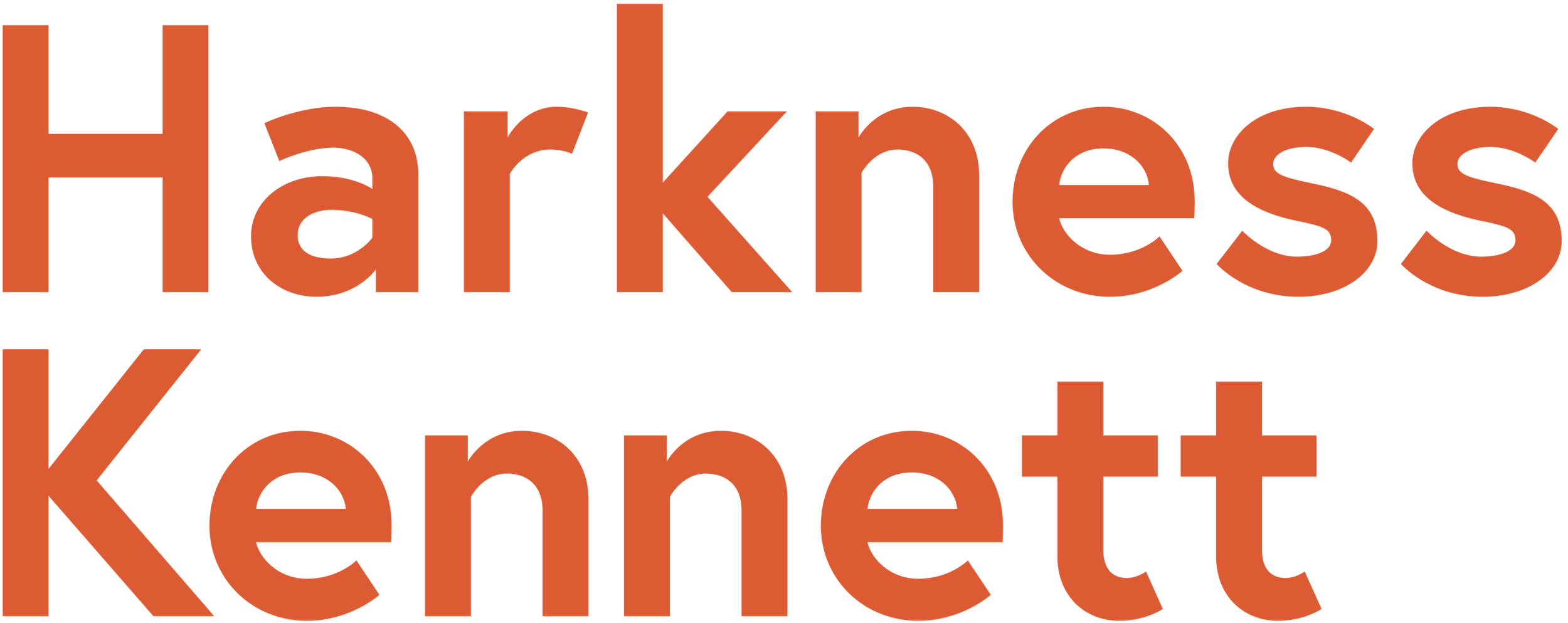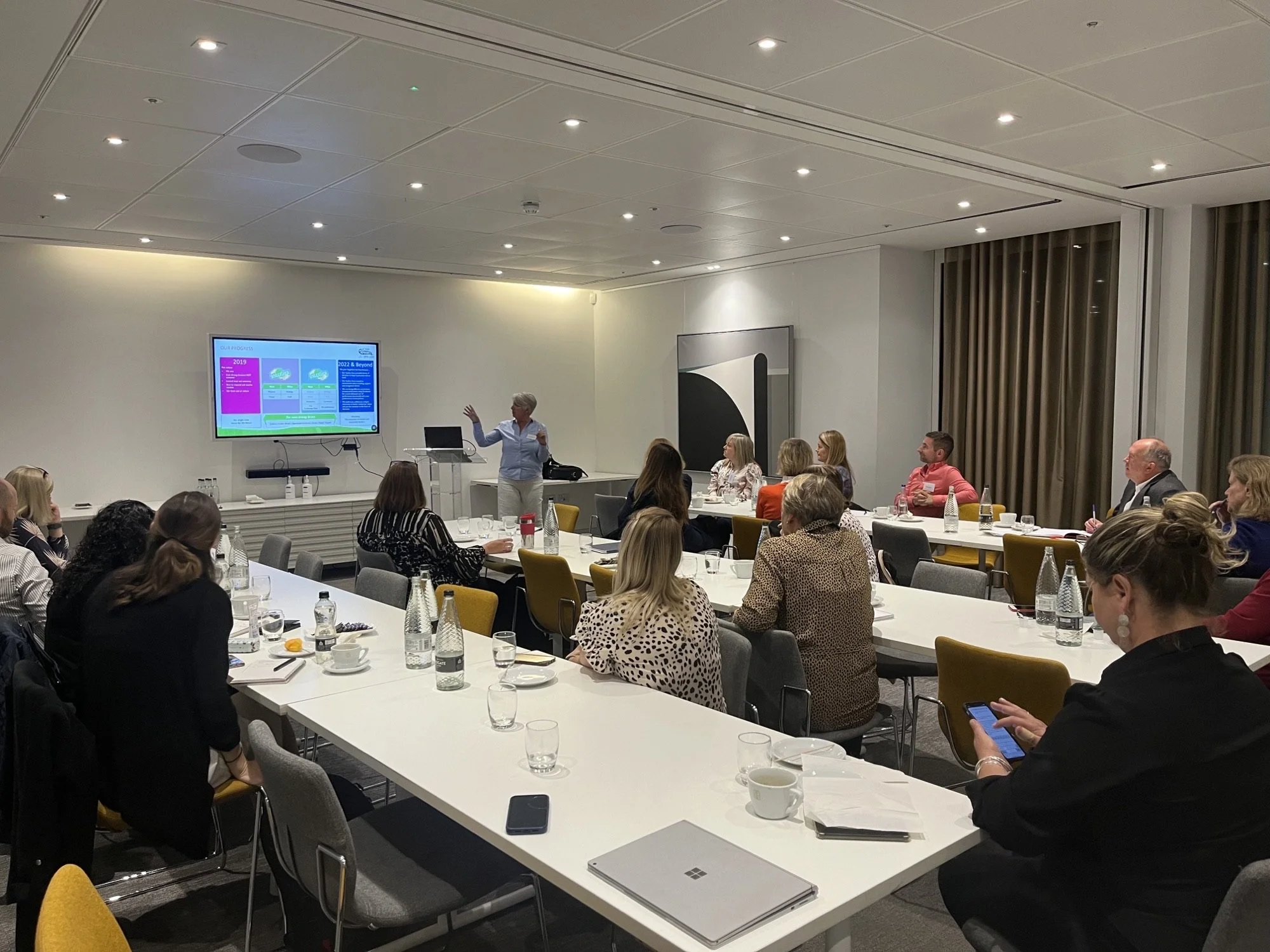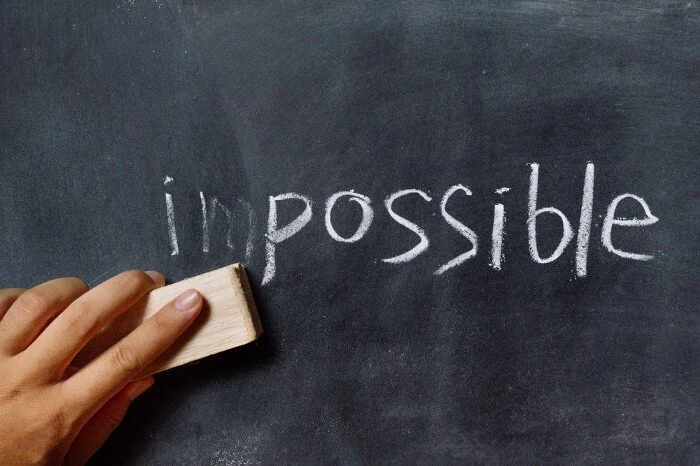Work in the time of Corona
Communicating during Covid-19 was always going to be hard. A good start was made with communicators getting regular, clear messages out to colleagues. But it’s tougher now that workplaces are starting to get people back to work, not helped by complex and often conflicting messages from the Government and the scientific community.
One positive is the joy that so many have expressed that ‘the boss’ has finally understood how effective working from home can be. No longer viewing it as ‘bunking off’ – doing the laundry, making coffee or sneaking out for some exercise – eagle-eyed managers are now celebrating the increase in productivity. Without the distractions of office life and three hours of commuting we are – miraculously! – getting more done. There’s much excitement about working from home in the longer term, but as communicators (and guardians of corporate culture) we know there are potential pitfalls we have to prepare for.
There’s one particular group of workers I’ve been thinking about. Young people who are the future of our organisations are experiencing Covid-19 very differently. This week’s news shared that around a quarter of 18-24 year olds have been furloughed, and 9% have lost their jobs – the highest figure of all age groups. I spoke to a 21-year-old call centre employee who is still working, asking about the response at his workplace. “Well, they’ve put some tape on the floor,” was his reply. Is this how we want to treat our young people?
As we take tentative steps towards ‘the new normal’, this group needs specific attention. Young people are more likely to find working from home problematic, either living alone or with parents or flatmates and little space for a home office. Another young person I spoke to working in the public sector works on her bed from 9-5 in her parents’ house, giving her a biting combination of back ache and not an awful lot of job satisfaction. Another living alone and working for a travel company said that they’d not seen anyone for a shocking 12 days.
As a parent, I understand that for some young people digital communication is already an over-used escape from direct contact with other people. Re-watching WALL-E this week, the 2008 eco-catastrophe film featuring people connecting only through electronic screens, was a reminder of how interpersonal communications has changed. We’ve been worrying about this stuff for decades; the film is thought to allude to E M Forster’s short story, ‘The Machine Stops’ written in 1909. We may not be quite there yet, but in our communications research clients have increasingly reported young colleagues needing encouragement to pick up their phones rather than message or send yet another email, potentially leaving a door open for a bolder competitor. Working alone from home also makes getting to know and learning from a variety of older colleagues as well as peers just so much more difficult.
Scaling back office space and WFA (working from anywhere) will increasingly become the norm, so we need to think about how we can support and communicate with these young people – how we recruit them, induct them and support their development in flexible but more constrained circumstances. Agile working is certainly a step in the right direction to help us reduce the risks of Covid-19, achieve better productivity and a healthy work-life balance. But it will need special consideration for young people who don’t always have the ready-made confidence, contacts, skills or space to work at their best.
Published by Lisa































